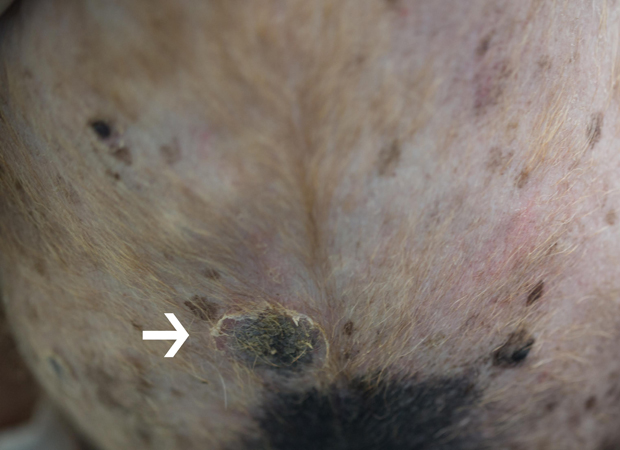The following is a summary from an article by Tiffany Tapp, DVM, DACVD, in the November/December issue of the professional journal “California Veterinarian.”
Since MRSA (pronounced “MER-suh”) made it into the vernacular in the human medical community, there have been many questions about MRSA in dogs and cats.
MRSA has to do with a bacterium called staphylococcus, usually referred to as staph. This is a bacteria normally found on the skin. Under certain conditions, it can cause an infection of the skin that manifests as pustules, crusts, scales, redness, hair loss and odor in dogs and cats.
There are different species of staph. In dogs and cats, it is usually staph pseudointermedius, with occasional other staph species. In people, it is usually staph aureus.
MRSA stands for “methicillin-resistant staphylcoccus aureus.” It is a staph infection in people that is resistant to an antibiotic called methicillin. This does not mean that it is resistant to other antibiotics. Dogs and cats do not usually get staph aureus, so this does not routinely apply to them.
However, dogs and cats do get MRSP, which is methicillin-resistant staph pseudointermedius. Again, this is not MRSA, which is also resistant to methicillin. If we culture this bacterium from a dog or a cat, we use an antibiotic other than methicillin.
MRSP is unlikely to cause human infection unless that person is very young or old or is immunocompromised.

The arrow points to a skin infection caused by staph pseudointermedius in a dog.
What is the best way to prevent all of this in dogs, cats and people? It’s very simple: wash your hands, and wash them frequently. Also keep keyboards, telephones, doorknobs, pens and other items touched by one or more person’s hands clean by spraying or wiping them with a disinfectant.

